
In the realm of firearms and shooting sports, best-selling ammunition plays a crucial role for every gun enthusiast. With numerous options available, certain types of ammunition have gained dominance in domestic markets. Understanding the factors behind their popularity provides insights into consumer preferences and ongoing market trends.
Exploring the Dominant Players in the Ammunition Market
Several factors contribute to the popularity of specific types of ammunition in domestic markets. Chief among these are reliability, performance, and availability. Among the top-selling ammunitions, three contenders often emerge: 9mm Luger, .223 Remington/5.56 NATO, and .22 LR.
9mm Luger: The Jack-of-All-Trades
The 9mm Luger, also known as the 9x19mm Parabellum, stands as one of the most popular handgun cartridges globally. Its widespread use can be attributed to its manageable recoil, versatility, and affordability. Whether for self-defense, target shooting, or competition, the 9mm Luger’s ubiquity in the firearms community is undeniable.
.223 Remington/5.56 NATO
Originally designed for military use, the .223 Remington and its military counterpart, the 5.56 NATO, have transitioned into civilian markets with remarkable success. Renowned for its accuracy and moderate recoil, this ammunition is favored by hunters, sports shooters, and enthusiasts alike. Its compatibility with a wide range of rifles further contributes to its popularity.
.22 LR: The Plinking Champion
As one of the oldest cartridges still in common use, the .22 Long Rifle (LR) holds a special place in the hearts of shooters. Renowned for its minimal recoil, low cost, and suitability for target practice, the .22 LR is often the first choice for beginners and seasoned marksmen alike. Its widespread availability and versatility make it a staple in the ammunition market.
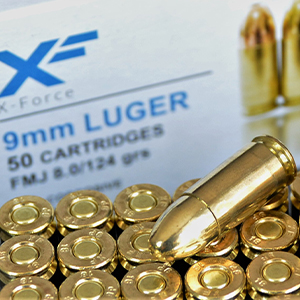

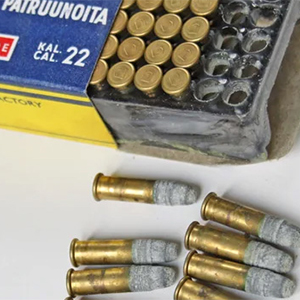
The Role of Packaging in Ammunition Sales
While factors such as performance and brand reputation play significant roles in ammunition sales, packaging should not be overlooked. In recent years, the use of cardboard packaging for ammunition has gained traction for several reasons, impacting consumer choices and market trends.
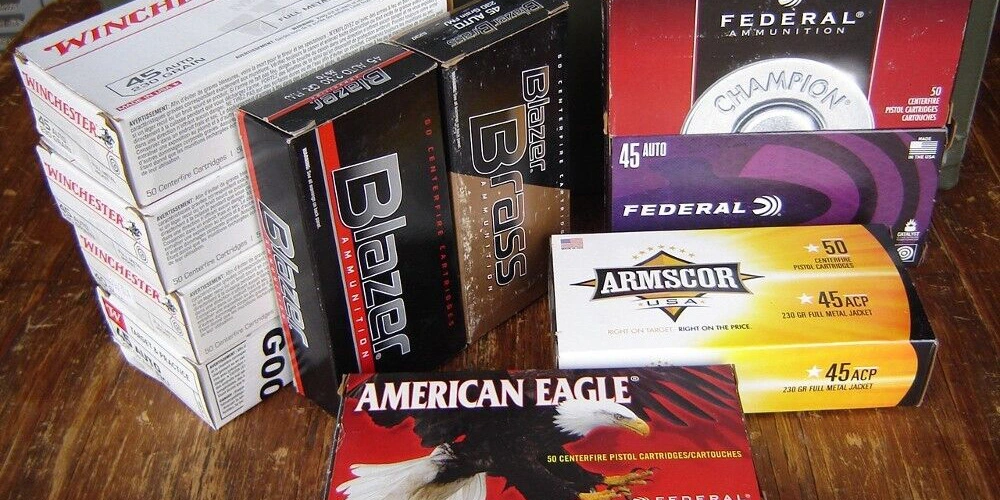
Environmental Considerations
In an era marked by growing environmental consciousness, packaging materials have come under scrutiny. Cardboard, being biodegradable and recyclable, presents a more eco-friendly alternative to traditional plastic and metal packaging. For environmentally-conscious consumers, the choice of ammunition often extends beyond performance to include the sustainability of its packaging.
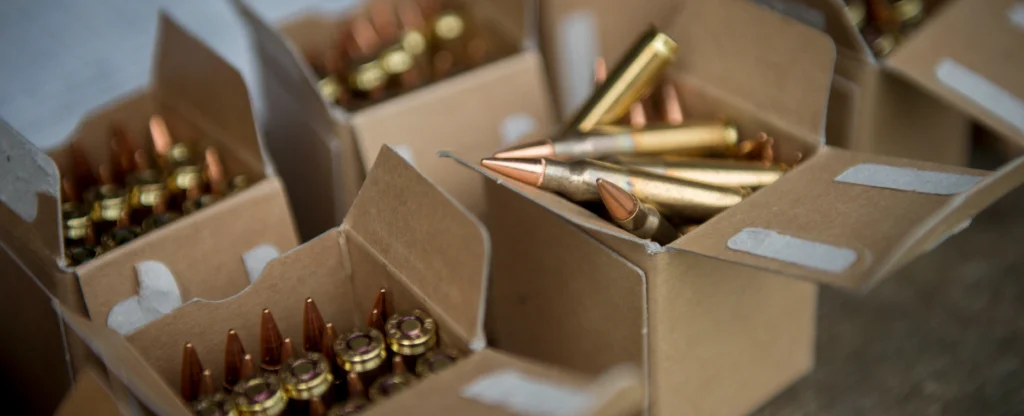
Cost-effectiveness
From the manufacturer’s perspective, cardboard packaging offers cost advantages over traditional materials. Its lightweight nature reduces shipping expenses, while its affordability makes it an attractive option for bulk packaging. These cost savings can be passed on to consumers, making cardboard-packaged ammunition more competitive in pricing.
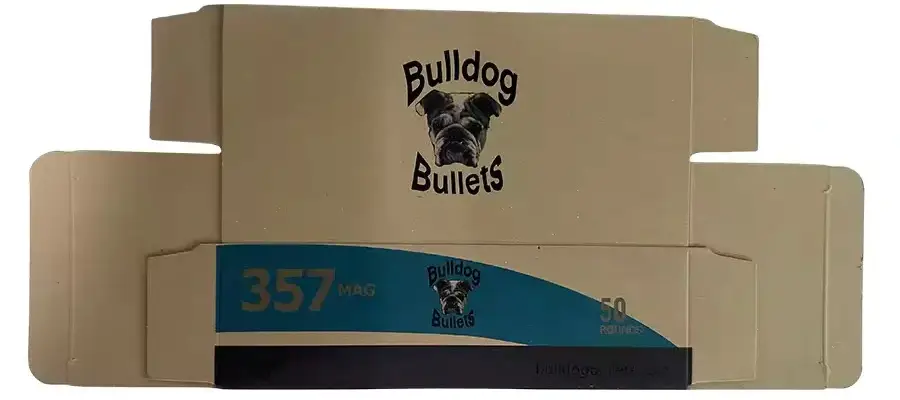
Branding and Marketing Opportunities
Packaging serves as a tangible representation of a brand’s identity and values. Cardboard packaging provides ample space for branding elements, allowing manufacturers to communicate their commitment to sustainability and quality. Additionally, innovative designs and printing techniques can enhance shelf appeal, capturing the attention of consumers amidst a crowded marketplace.
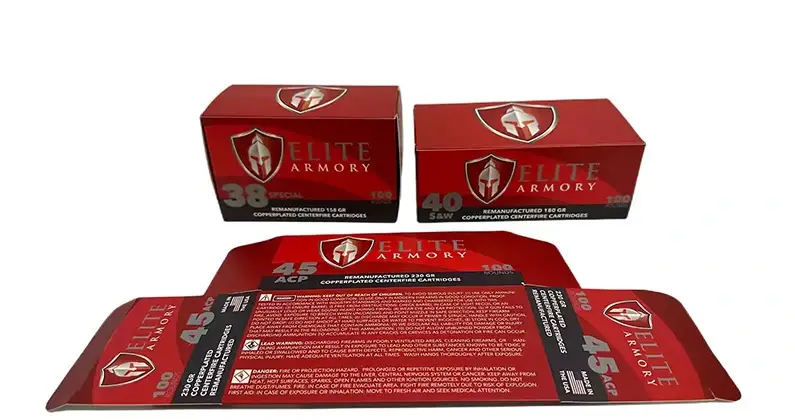
Competitive Advantage
Manufacturers that embrace cardboard packaging early on stand to gain a competitive edge by appealing to environmentally-conscious consumers and offering cost-effective solutions. As sustainability becomes an increasingly important criterion for purchasing decisions, brands that prioritize eco-friendly packaging can enhance their market position and brand loyalty.
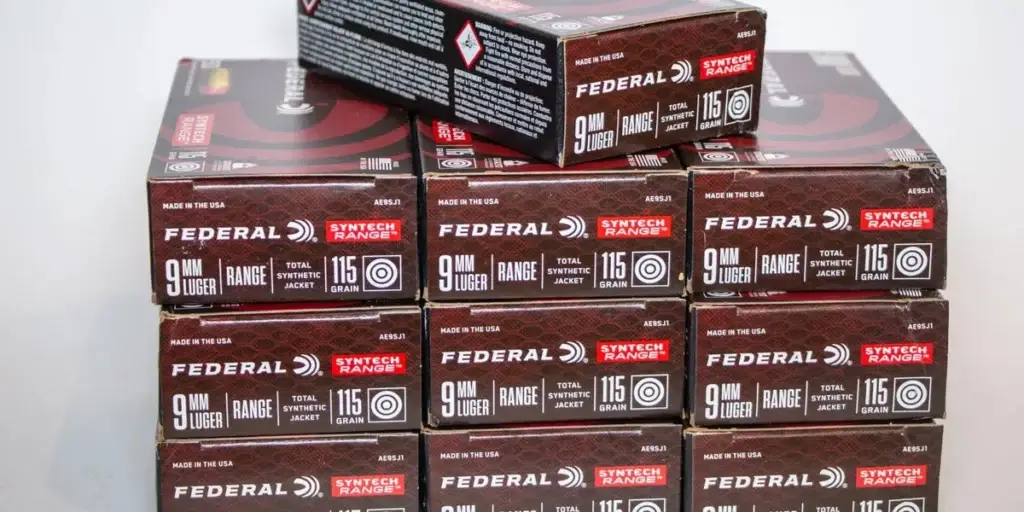
Conclusion
n conclusion, the shift in ammunition sales highlights the growing importance of both performance and reliability, as well as the emerging influence of packaging materials. As consumers become more environmentally conscious, cardboard packaging is gaining traction due to its eco-friendly benefits, cost-effectiveness, and potential for strong branding. These packaging trends not only shape consumer perceptions but also present significant opportunities for manufacturers and retailers to adapt to evolving demands. The growing role of packaging in the ammunition industry signals a change in how products are marketed and sold, with packaging becoming an integral part of the consumer experience.


